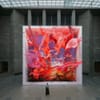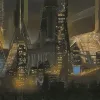From Leonardo da Vinci’s detailed anatomical drawings to Salvador Dali’s surreal explorations of physics. Artists have often been influenced by scientific discoveries. Here, we'll guide you through the history of science art, introducing its pioneers and today’s representatives.
Da Vinci and the Science of Painting
The Mona Lisa is probably the most obvious and popular example of science art. Leonardo da Vinci, who made discoveries in natural sciences, anatomy, engineering, and physics, was a master in translating scientific ideas into his paintings. In the Mona Lisa, for example, he used linear perspective to give the impression that the figure sits in front of a vast landscape.
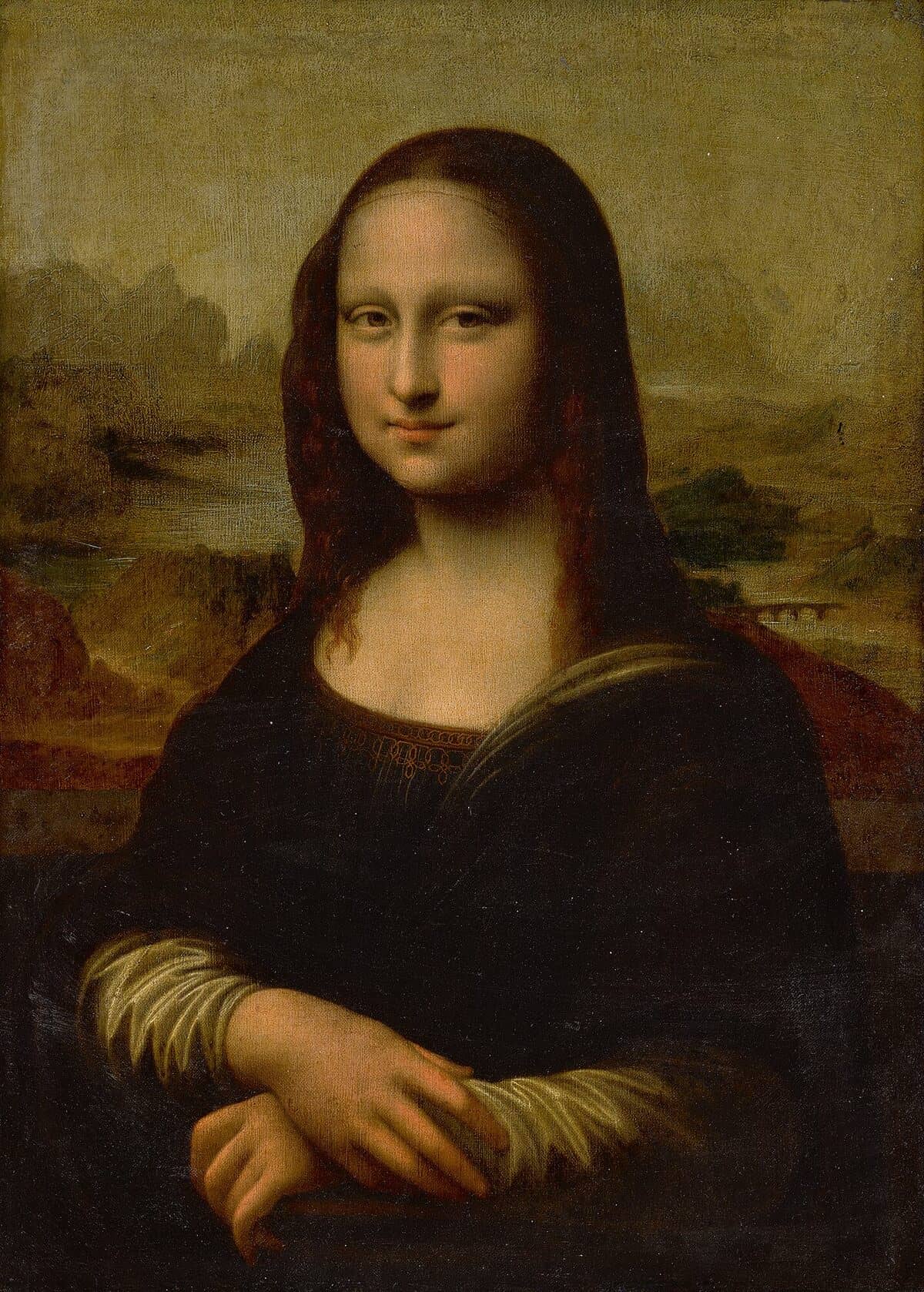
Da Vinci was also an expert in anatomy. He applied this knowledge to the painting by rendering the figure’s hands with the bones and muscles depicted in every detail. Da Vinci especially focused on the science of optics and how light behaves. In the Mona Lisa, he used a technique called “sfumato”. It involves blending colors and tones to create a subtle, hazy effect. This technique creates the illusion of depth and volume and gives the painting a sense of atmospheric perspective.
Maria Sibylla Merian: Illustrating the process of pollination
Maria Sibylla Merian (1647-1717) was a German-born naturalist, scientific illustrator, and entomologist. She worked in the field of scientific illustration. Merian’s interest in natural history and insects began at a young age and she spent much of her life studying and documenting insects. The researcher had a particular penchant for butterflies and moths. Her detailed drawings of their life cycles and metamorphosis were groundbreaking during that time.
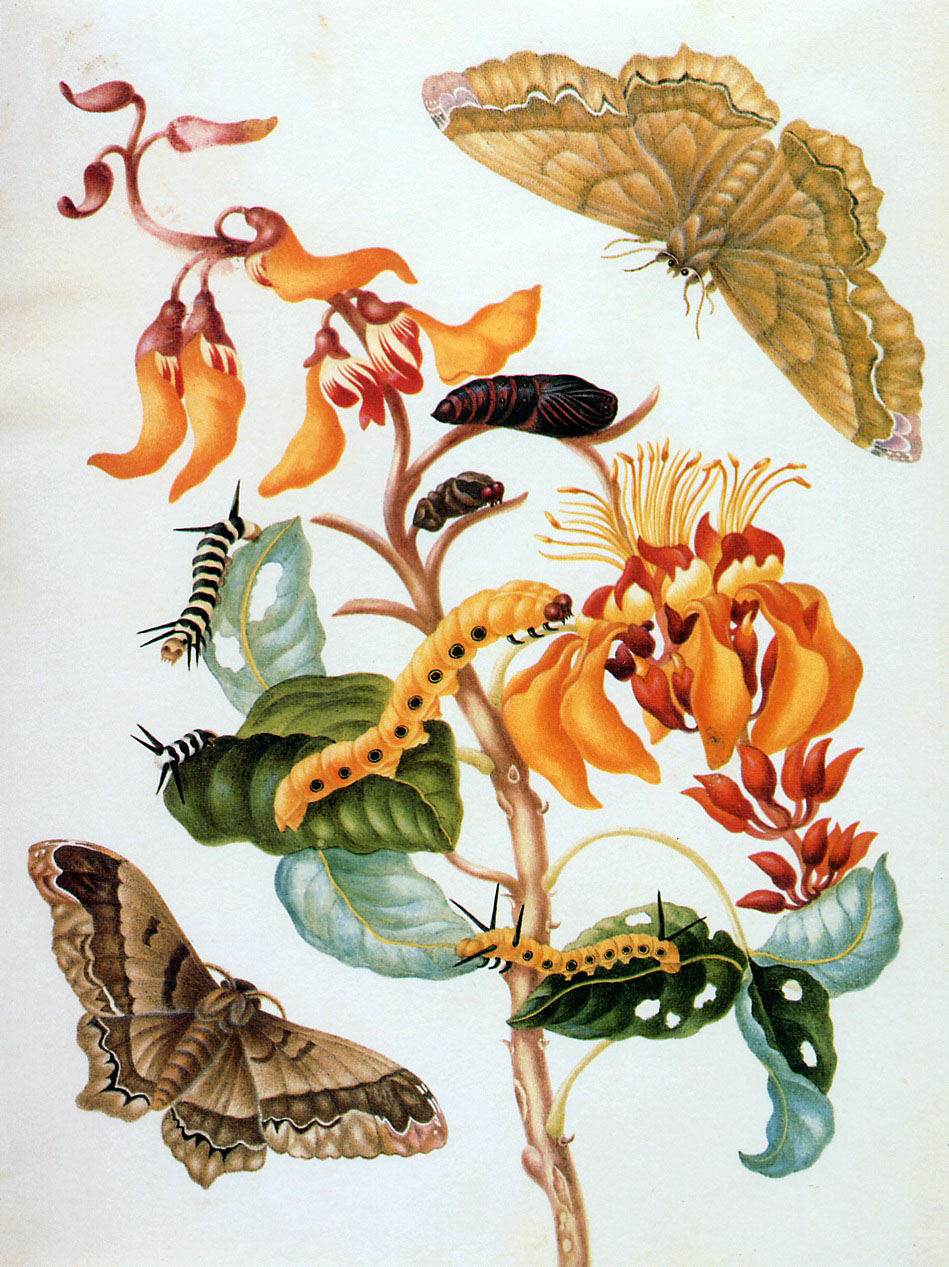
Besides the fact that she was a pioneering female scientist and artist, Merian was also one of the first naturalists to observe insects in their natural habitats instead of collecting specimens for study. She also made important discoveries about the relationships between insects and plants being the first to document the pollination process of insects.
Her most famous piece of science art is the book “Metamorphosis insectorum Surinamensium,” published in 1705. It details her observations in Suriname, South America, where she studied the local plants and insects during a two-year trip.
Charles Darwin: A Renaissance Man like DaVinci?
Was Charles Darwin a Renaissance man? Taking a look at his art collection suggests so. People who visit Darwin’s home, Down House, close to London, encounter paintings and fine prints of Renaissance art on his bedroom walls. Among them is a portrait of Da Vinci, Raphael’s Parnassus Madonna of the Goldfinch, Titian’s Assumption, and Sebastiano del Piombo’s The Raising of Lazarus. It seems evident that Darwin found Leonardo da Vinci to be an inspiring figure, as both had exceptional observational skills and were forward-thinkers.
Charles Darwin’s groundbreaking theory of evolution resulted from his observations in nature, which he documented through realistic illustration and photography. He drew plants, animals, and geological formations in great detail.
In his book “The Descent of Man,” Darwin wrote about the connection between both, art and the appreciation of beauty in nature. He believed that the ability to appreciate beauty was not just a human trait but a trait many animals share. Darwin argued that enjoying beauty in nature was related to sexual selection, as individuals who could understand beauty were more likely to find suitable mates.
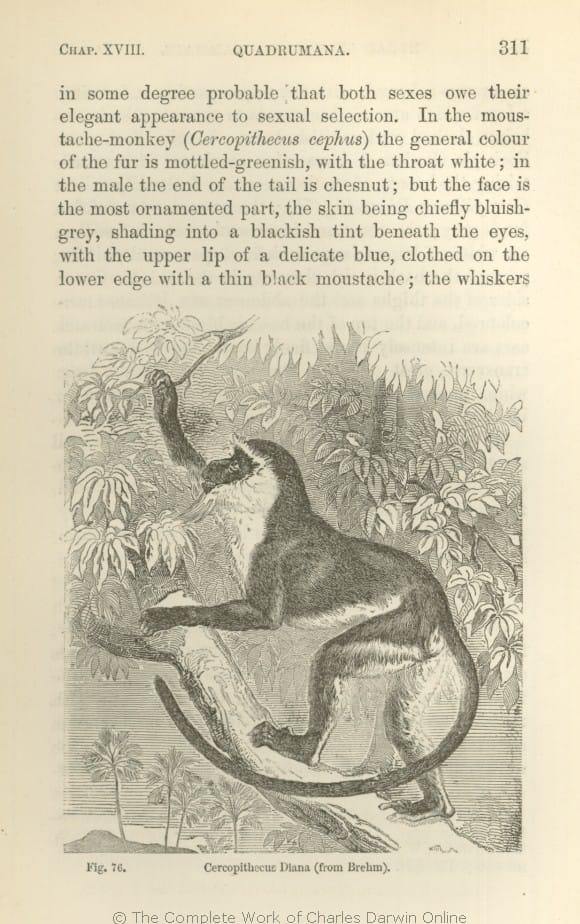
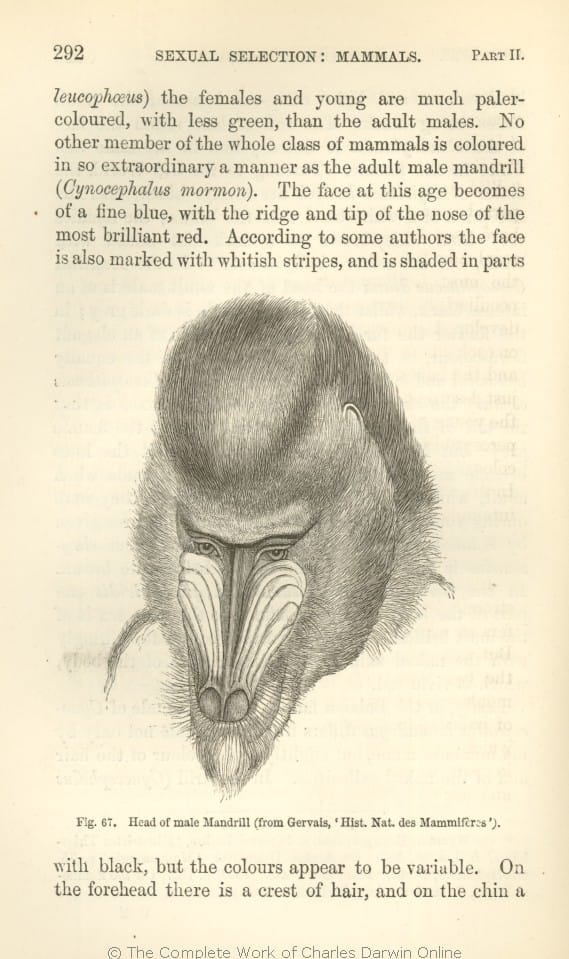
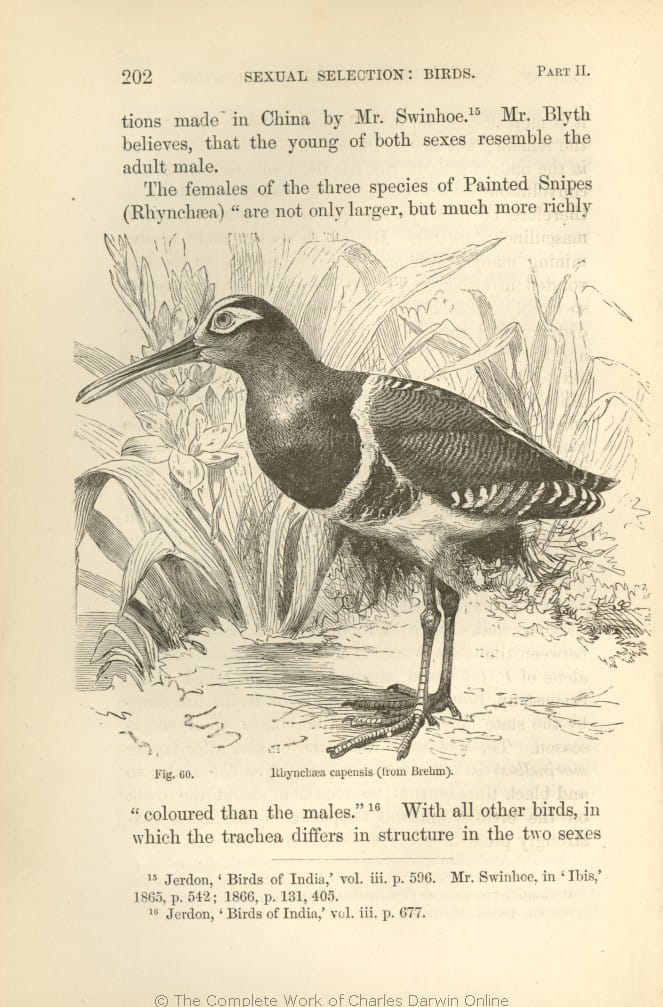
Santiago Ramón y Cajal: Capturing the beauty of the brain
The Spanish 19th-century scientist and Nobel laureate Santiago Ramón y Cajal was one of the fathers of modern neuroscience. His pioneering work on the nervous system changed our understanding of the brain. He viewed the world not only through his microscope but also through the lens of an artist. Cajal created detailed drawings of neurons and other cells in the nervous system. The beautiful illustrations helped captivate the interest of the public in his discoveries. Cajal believed that visual art and science were complementary disciplines. He knew his artistic talent gave him a unique perspective on the nervous system. Today, Cajal’s drawings are some of the most beautiful depictions of the brain.
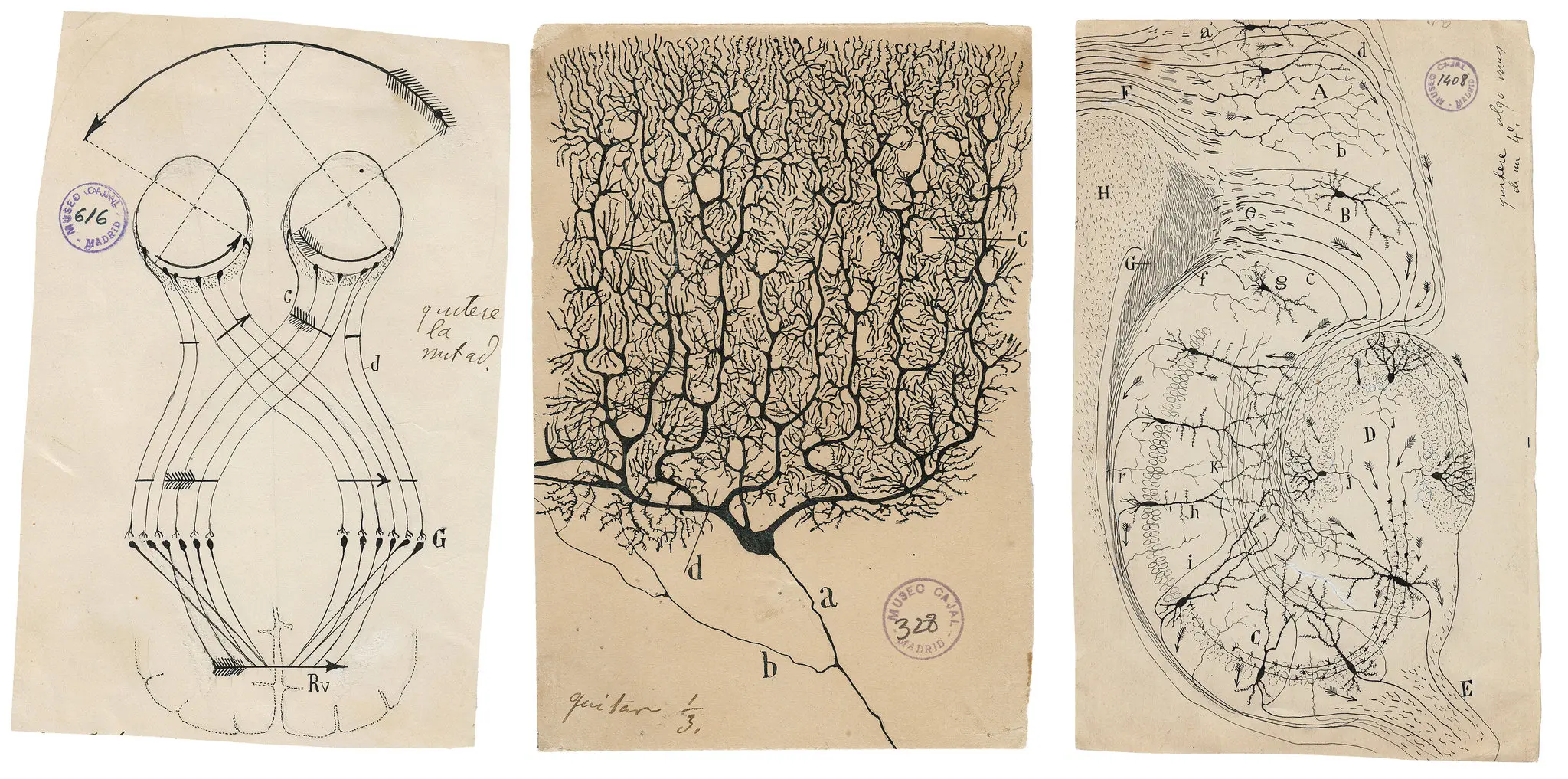
Salvador Dalí: Drawing Inspiration from Einstein and Freud
Surrealist artist Salvador Dali dived into the scientific discoveries of the 20th century. He had a penchant for Einstein’s theories of relativity and quantum mechanics. Science helped him to expand his creative potential.
Dali’s painting, “The Persistence of Memory,” is believed to reference Einstein’s theory of relativity. The image of melting clocks could represent time’s distorted and fluid nature. Dali was also fascinated by the concept of the fourth dimension. Through the use of optical illusions, he translated the theory into his work.
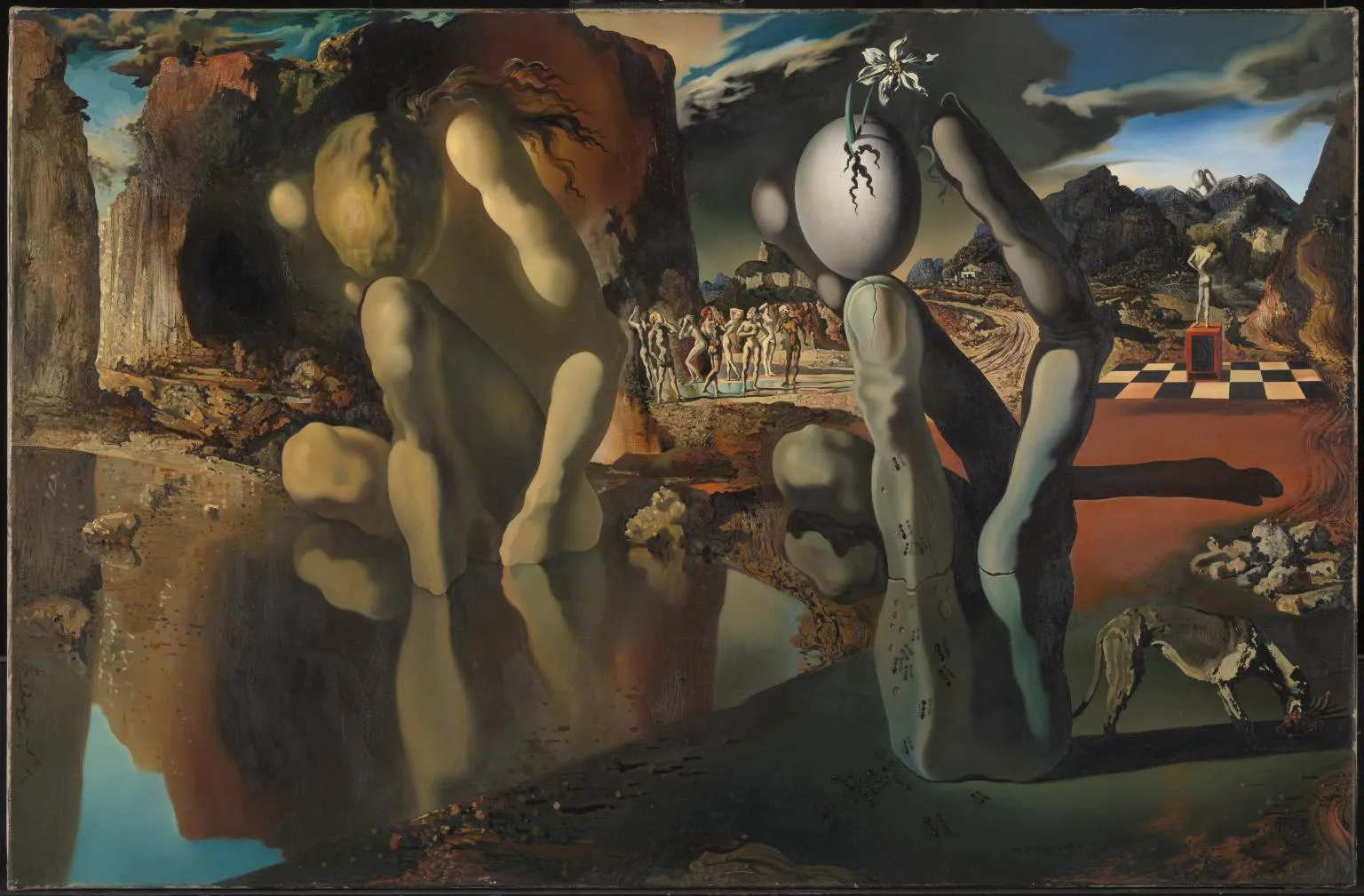
Besides his interest in physics, Dali was also influenced by biology and the human mind, referencing the work of Sigmund Freud. His painting “Metamorphosis of Narcissus” refers to the Greek myth of Narcissus and represents Freud’s theories of psychoanalysis. In the painting, Dali depicts the mythological figure Narcissus, who is known for his excessive self-love and obsession with his own image. Dali’s interpretation of the myth shows Narcissus as a hand holding an egg, symbolizing birth and potential. This image is reflected in the background as a landscape, which resembles a human head and suggests the idea of the unconscious mind. Freud’s ideas about the unconscious fascinated Dali, and he believed that art could be a tool for exploring the depths of the human psyche.
Scientific Art: Contemporary Creators
Maya Lin: Geological Forces of Art
Maya Lin is an American artist and architect working in large-scale installations. She explores themes of nature and the environment, incorporating geology, ecology, and biology into her art. One of Lin’s most famous works is the Vietnam Veterans Memorial in Washington, D.C. It’s a black granite wall that lists the names of the 58,000 Americans who died in the War. Lin drew inspiration from the patterns and textures of rocks and the geological forces that shape them. She wanted to create a space that would be both reflective and contemplative, and the simplicity of the wall achieves this.
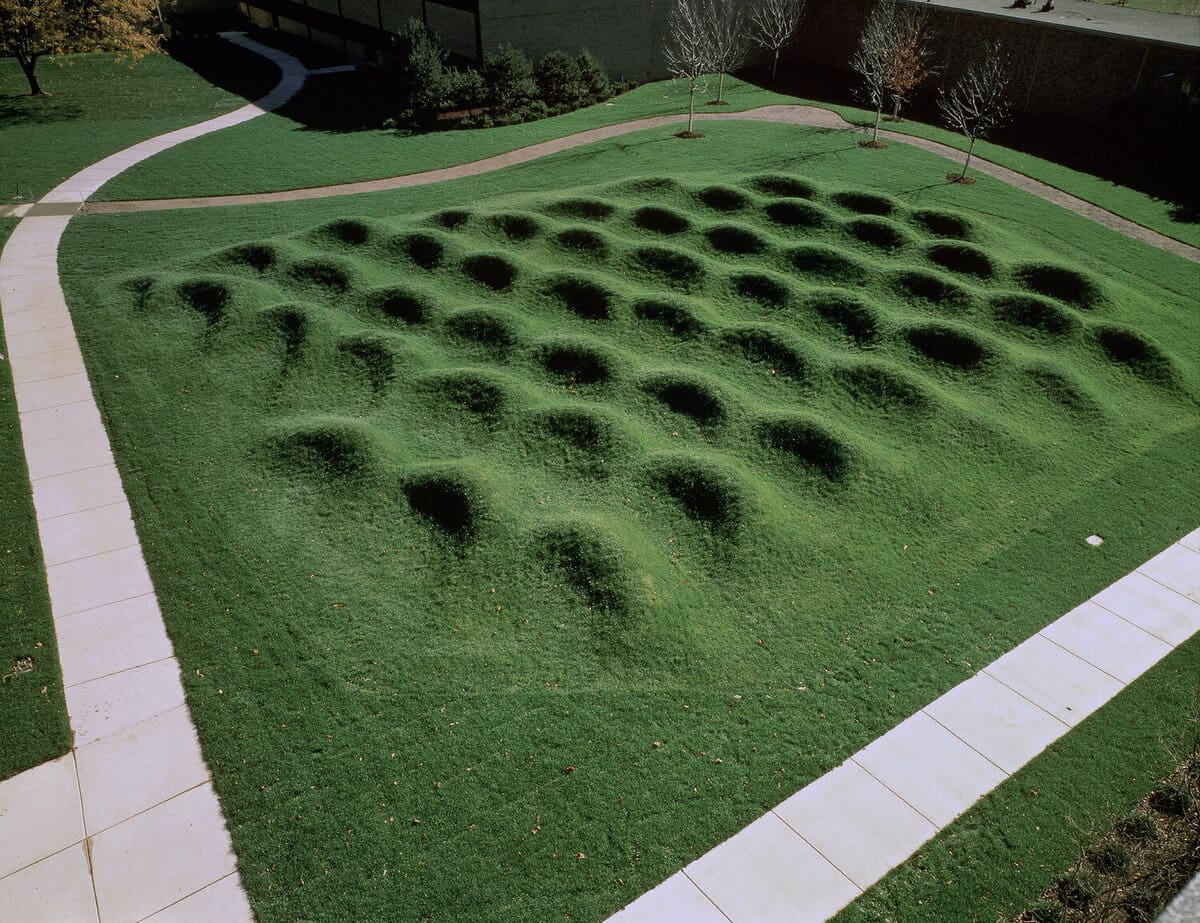
Lin’s other works also show her interest in science. For her “Water Line” installation at the Museum of Modern Art in New York City, she drew inspiration from the geological layers of rock that underlie the city’s streets. Her “Wave Field” sculpture at the University of Michigan is a large, undulating field of earth that mimics the wave patterns of water.
Anish Kapoor’s Cloud Gate
One of Kapoor’s most famous works is “Cloud Gate,” a sculpture in Chicago’s Millennium Park. The installation consists of polished stainless steel, which reflects the surrounding cityscape and sky. The sculpture's shape is inspired by a liquid droplet of mercury, and its surface is curved and smooth, giving the illusion of a continuous surface. For the artwork, Kapoor collaborated closely with a materials scientist.

Image by Emmanuel Appiah.
In other works, he has used materials like pigments, mirrors, and light to create striking visual effects. For example, in his “Descension” installation, Kapoor created a vortex of water that appears to be endlessly spiraling downwards. This effect is created by using a large circular basin filled with water, which is continuously pumped back up into the basin while simultaneously being sucked back down through a hole in the center of the basin.
Kapoor’s work often blurs the lines between art and science, using scientific principles to create visual effects that are both beautiful and thought-provoking. By incorporating elements of technology into his artworks, Kapoor invites viewers to explore the relationship between art and science.
David Hockney: Painted patterns of Rhythm and movement
The British artist David Hockney’s fascination for optical technologies such as lenses, mirrors, and cameras is evident in his work. He studied the paintings of Dutch masters and discovered that many of them used optical devices to make their paintings. This led him to experiment with photography, collage, and other techniques to develop his unique style.
Hockney also focused on color theory and how our eyes perceive different hues. He was inspired by the works of the French mathematician and physicist Jules Lissajous, who studied harmonic motion, which he explored using a device called a Lissajous curve.
The Lissajous curve is a complex, looping pattern created when two sine waves are plotted against each other. Lissajous used this curve to study the properties of waves and vibrations, and his work inspired Hockney to experiment with similar patterns in his art using bright colors and bold lines to create a sense of energy and movement.
One of Hockney’s most famous works inspired by the Lissajous curve is his “Painting as Performance” series, which he created in the late 1990s. The artist features swirling, looping patterns that seem to dance across the canvas, creating a sense of rhythm and movement reminiscent of Lissajous’ work.
Olafur Eliasson: Simulating the Sun
The Danish-Icelandic artist Olafur Eliasson is known for his large-scale installations and sculptures that often blur the boundaries between art, science, and nature. One of Eliasson’s most famous works is “The Weather Project,” a large-scale installation he created in 2003 at the Tate Modern in London. It consisted of a giant sun-like disc made of hundreds of light bulbs, surrounded by a misty haze that created a sense of atmosphere and depth. Visitors were invited to lie on the floor and gaze up at the “sun,” which appeared to fill the entire room. The work was intended to evoke the feeling of being outside on a sunny day, and to explore the ways in which natural phenomena can be simulated and reinterpreted through art.
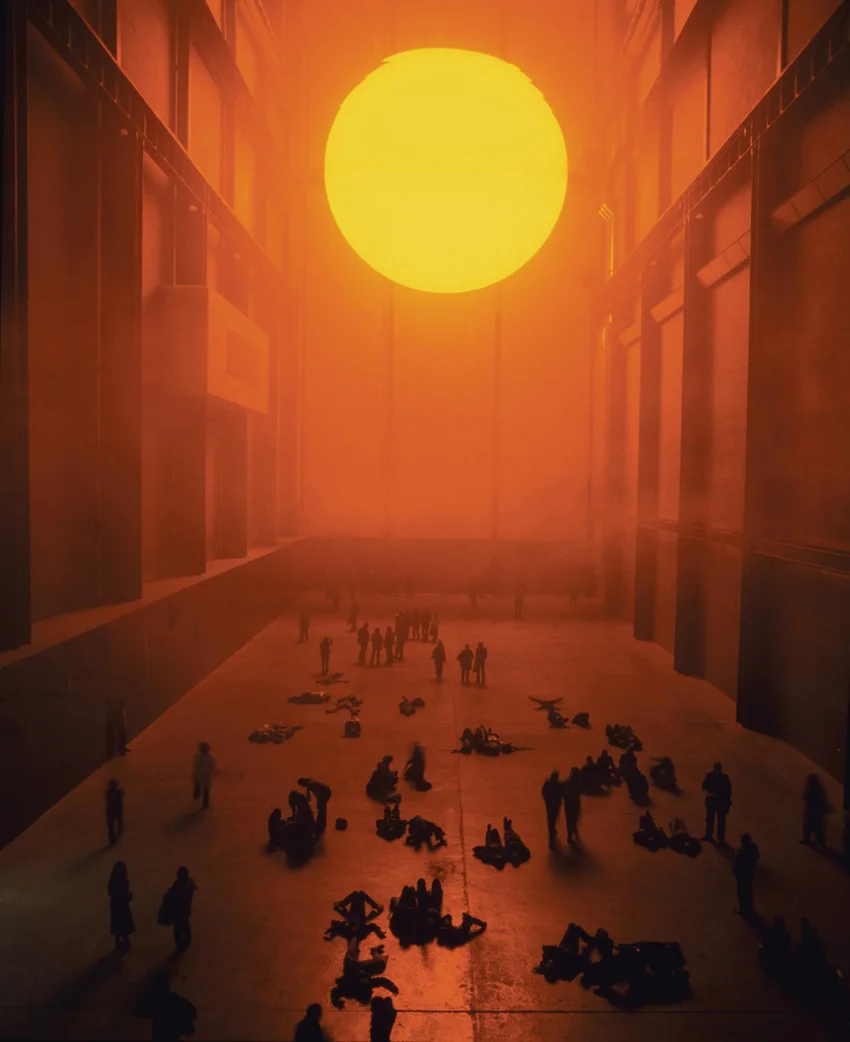
Eliasson has also worked extensively with scientists and researchers to create works that explore scientific concepts and phenomena. For example, his “Your Rainbow Panorama” installation, located on the rooftop of the ARoS Museum in Aarhus, Denmark, consists of a circular walkway lined with panels of colored glass that create a rainbow effect when viewed from different angles. The physics of light and color inspired the installation, and Eliasson worked closely with scientists to ensure that the colors and materials used in the installation were scientifically accurate.
Eliasson’s work demonstrates a deep engagement with science and nature and a desire to explore how art can help us better understand and appreciate the natural world.
Rachel Sussman and The Oldest Living Things in the World
One of Rachel Sussman’s most well-known pieces is “The Oldest Living Things in the World”, documenting the oldest continuously living organisms on earth, from 2,000-year-old trees to 100,000-year-old bacteria. Sussman’s project relates to the scientific concept of deep time, which refers to the vast scale of geological time and the long-term processes that shape our planet.
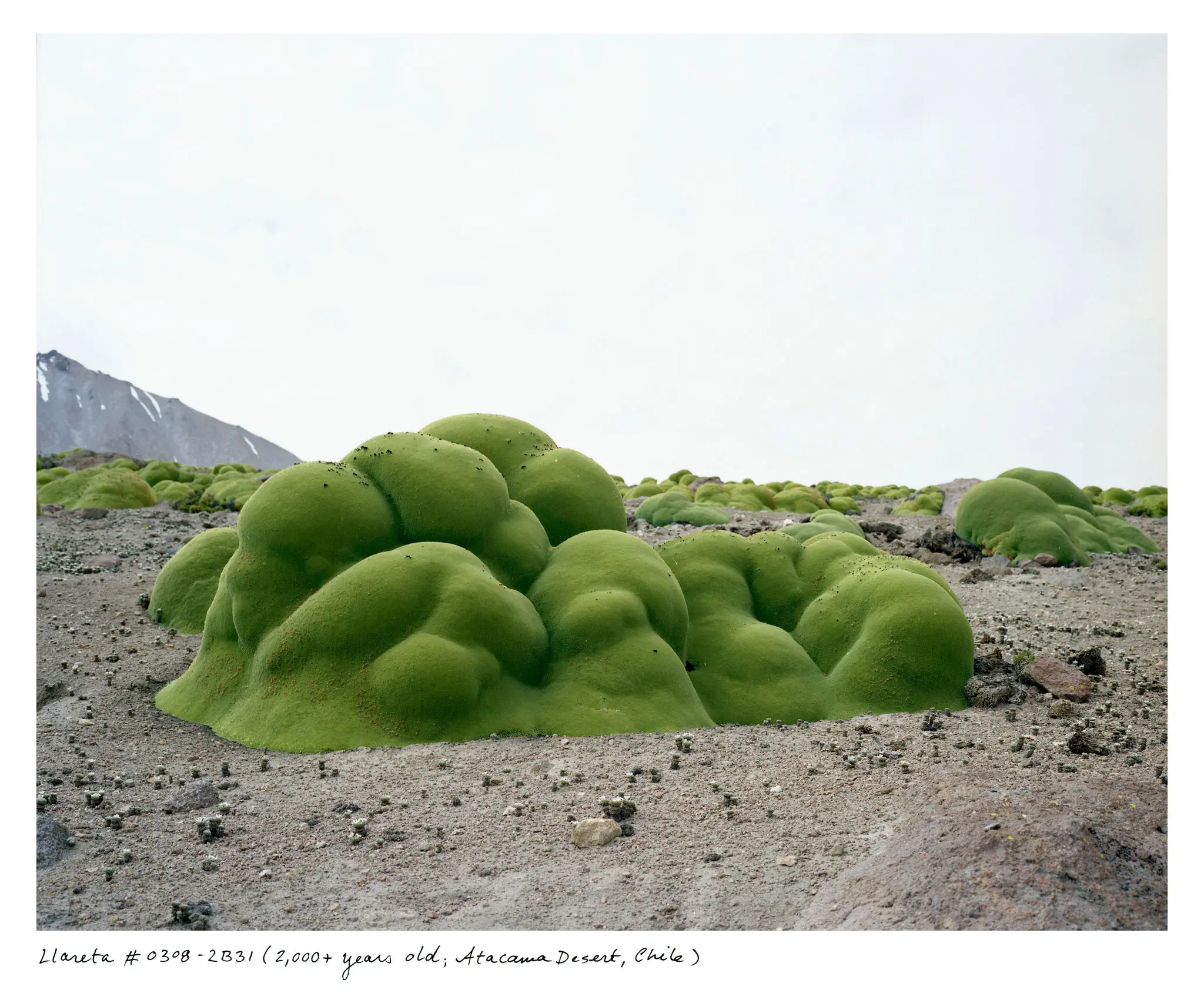
Sussman’s work and research also explore the relationship between humans and the natural world and how we impact the environment. Her project “Sidewalk Kintsukuroi” documents the cracks and imperfections in the urban environment, inspired by the Japanese art of repairing broken pottery with gold. The project encourages viewers to see the beauty in the urban landscape’s impermanence and decay and consider how we can coexist with nature amid the built environment in the era of climate change.
Refik Anadol’s Immersive Data Sculptures
Refik Anadol is a Turkish-born media artist and director known for his work with artificial intelligence (AI) and machine learning. Anadol’s source of inspiration lies in neuroscience, physics, and astronomy. Anadol merges these fields with the creative power of artificial intelligence (AI) to find a language of humanity that expresses itself through his art. In other words, Anadol’s work concerns the relationship between human experience, technology, and the built environment. Using AI and machine learning to process and visualize data, Anadol creates immersive and interactive settings that allow people to explore and connect with their memories and experiences in new ways.
Erik Demaine: Sci-art inspired by Origami
Erik Demaine is not only a computer scientist and mathematician at MIT, but an accomplished origami artist a well. Demaine has used origami principles to design more efficient algorithms and computer programs and study the mathematical properties of origami folds. Origami, the art of paper folding, is also a field with great potential in various scientific areas, including engineering, architecture, medicine, and mathematics. Origami is an excellent example of how traditional practices can inspire modern innovation. Several research groups and organizations are also dedicated to studying origami science, such as the Origami Design Studio at the University of Tokyo and the MIT Origami Club at the Massachusetts Institute of Technology.
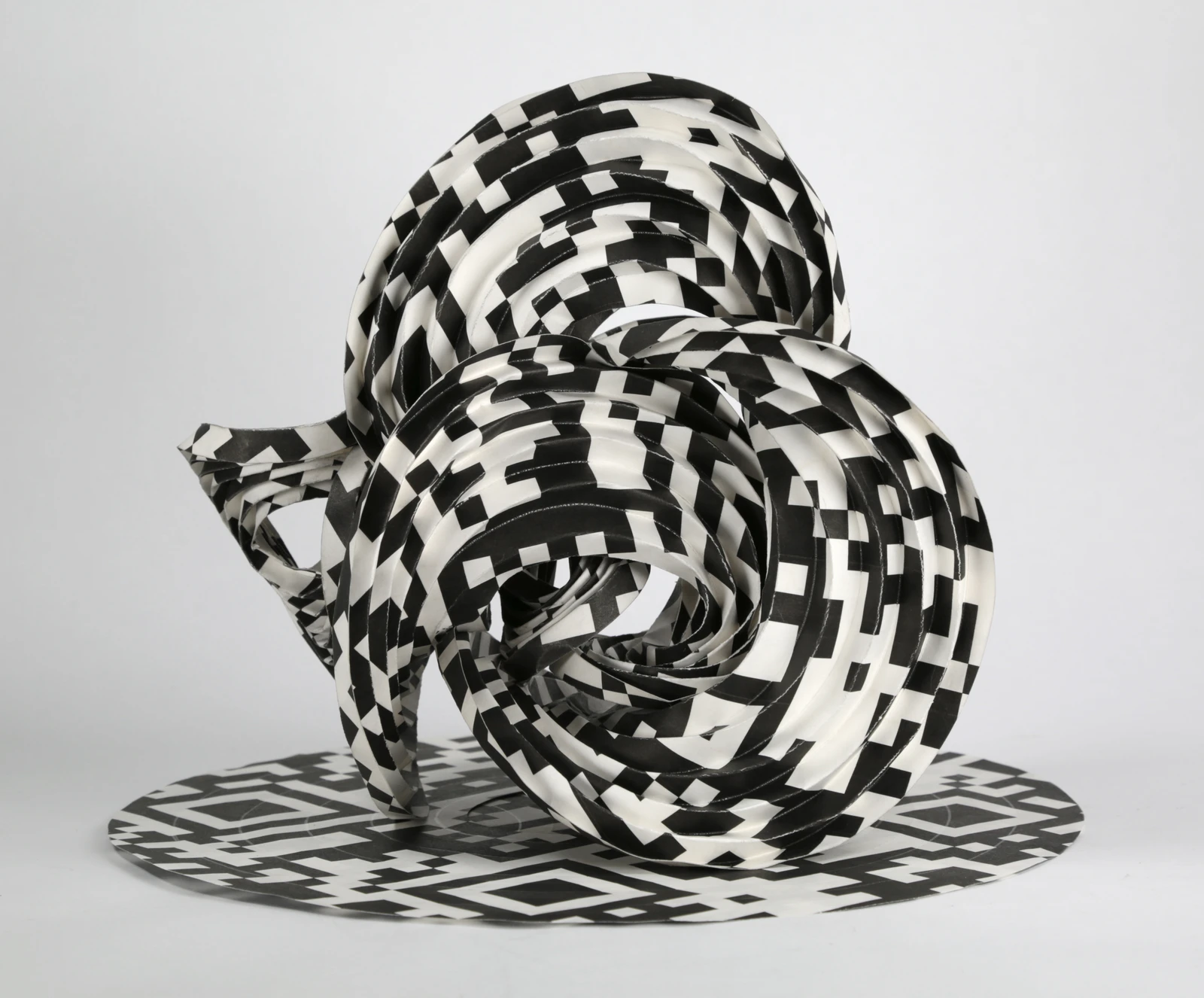
Jason de Caires Taylor: Submerged Sculptures, Designed to Promote Ocean Conservation
Jason de Caires Taylor is a renowned sculptor, environmentalist, and scuba diver whose work has revolutionized the world of underwater art. His unique sculptures are not only visually striking but also serve as artificial reefs that promote marine life and coral reef regeneration.
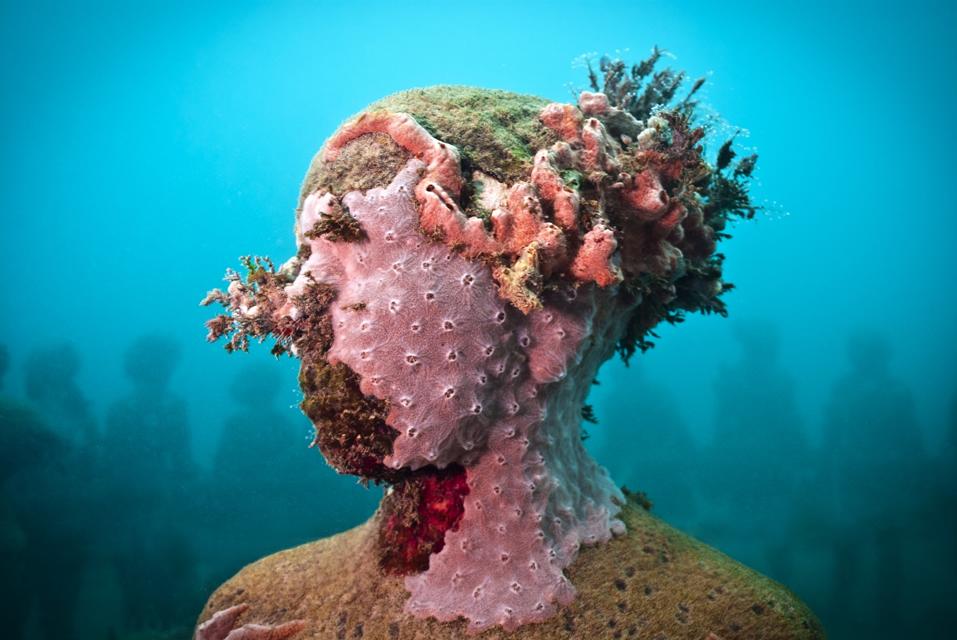
Through his art, Taylor aims to inspire a sense of wonder and curiosity about the underwater world while raising awareness about environmental issues such as climate change and ocean pollution. His sculptures are carefully designed to withstand the harsh underwater environment and to provide a habitat for fish and other marine creatures.
Taylor’s work is captivating because it’s not just art for art’s sake. His sculptures are part of a larger effort to restore damaged coral reefs and promote marine life conservation. By creating underwater art installations, he’s also inspiring people to take action to protect our oceans.
Mandy Barker’s Artistic Vision Reshapes Our Perception of Plastic Pollution
Mandy Barker is a British photographer and visual artist known for her work on environmental issues, particularly the impact of plastic pollution on the world’s oceans. She uses photography and multimedia to create powerful images that draw attention to the problem of plastic waste in the oceans and its devastating effects on marine life and the ecosystem.
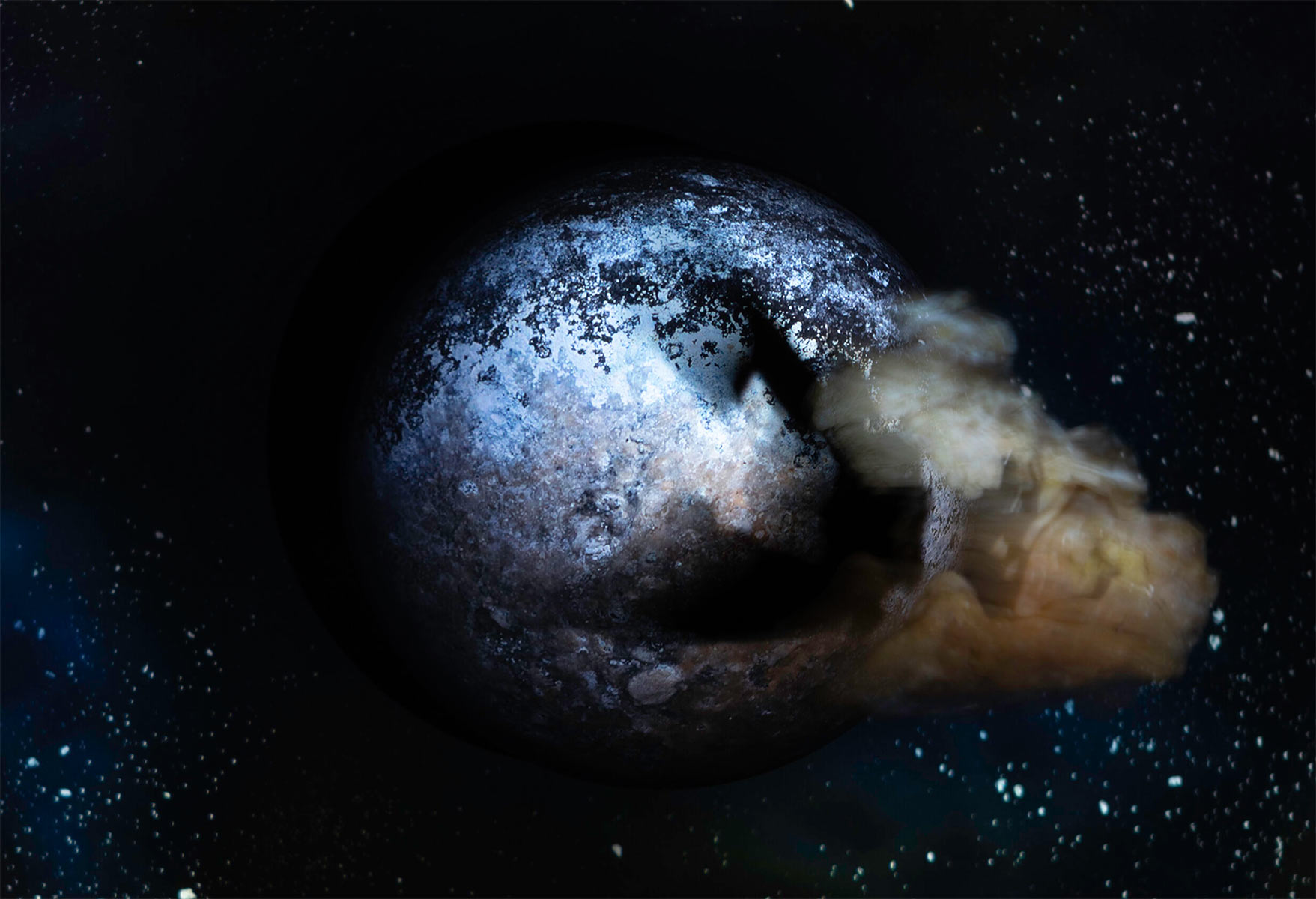
Barker’s work has been exhibited internationally, including at the Victoria and Albert Museum in London and the Museum of Photographic Arts in San Diego. She has received numerous awards and accolades, including the 2018 National Geographic Society Grant for Research and Exploration, and her images have been featured in major publications such as National Geographic, The Guardian, and The New York Times.


